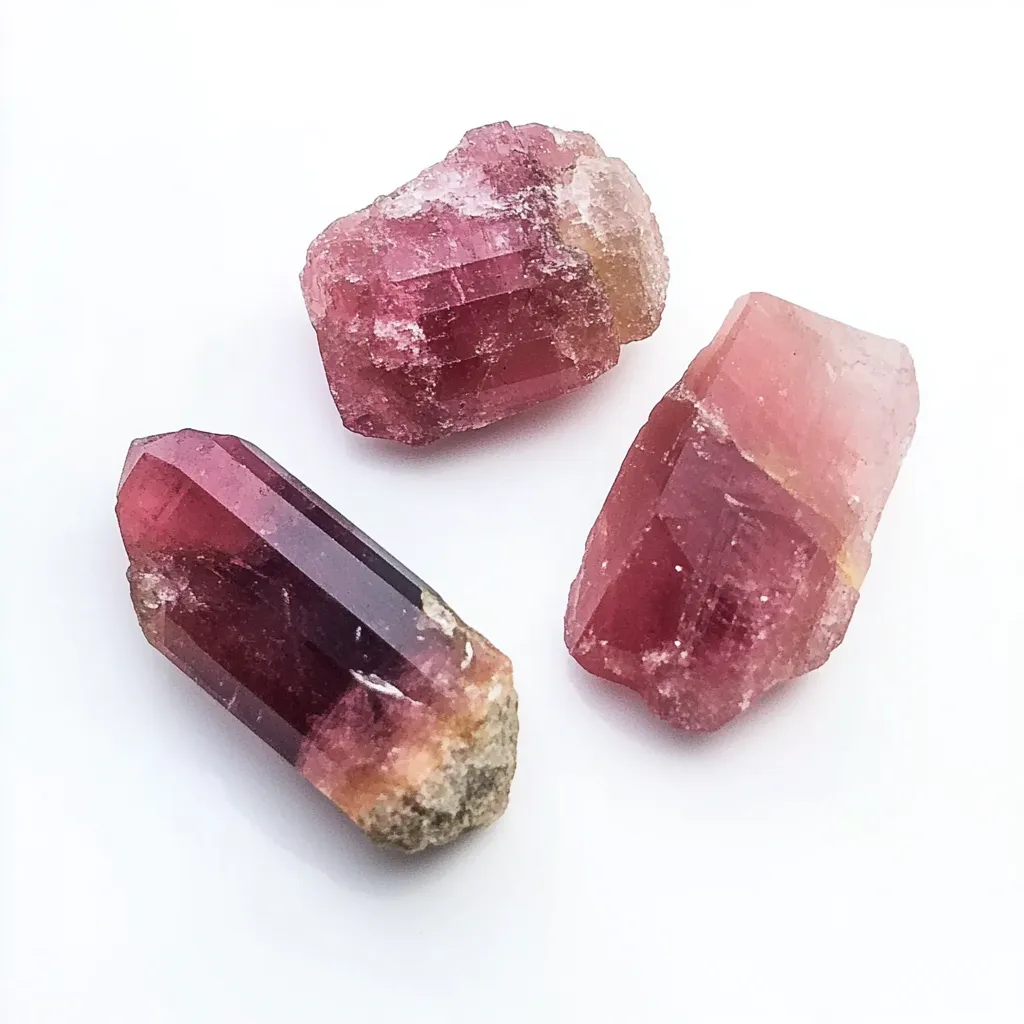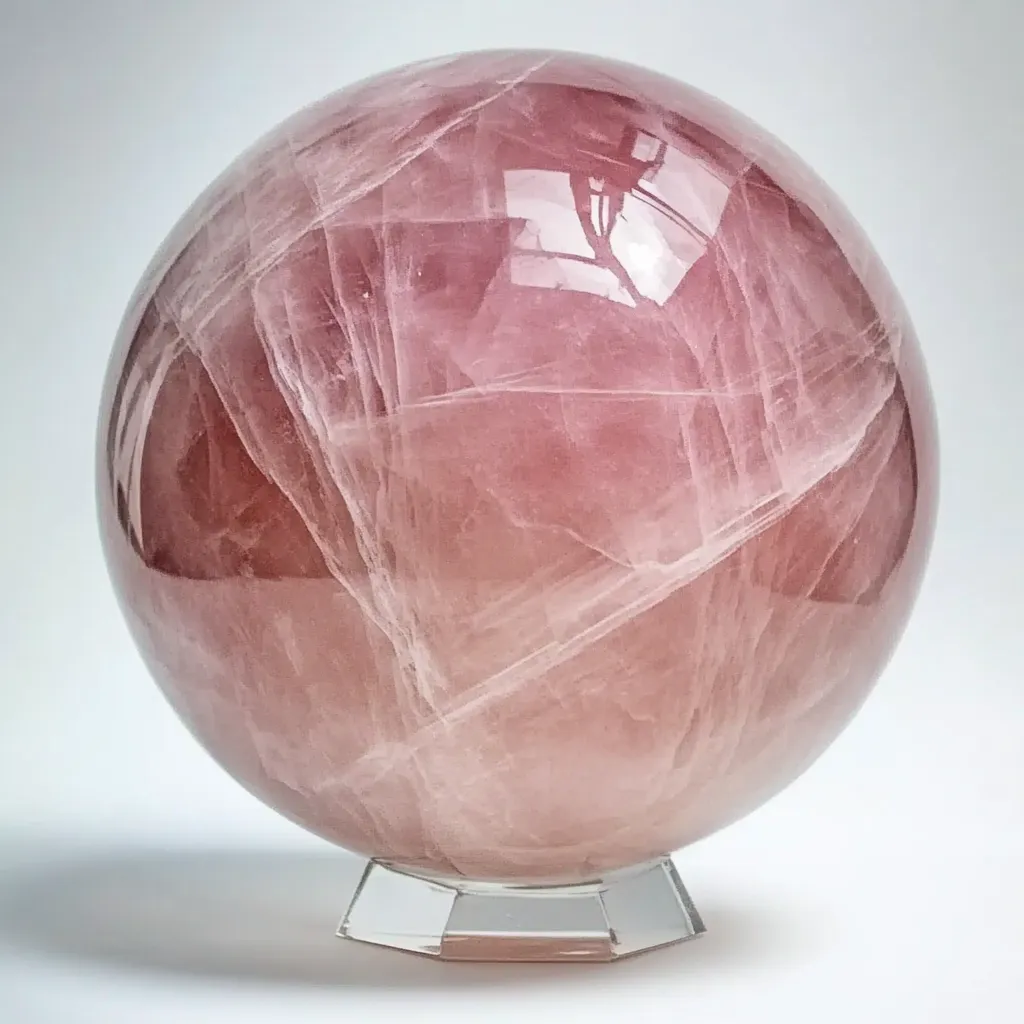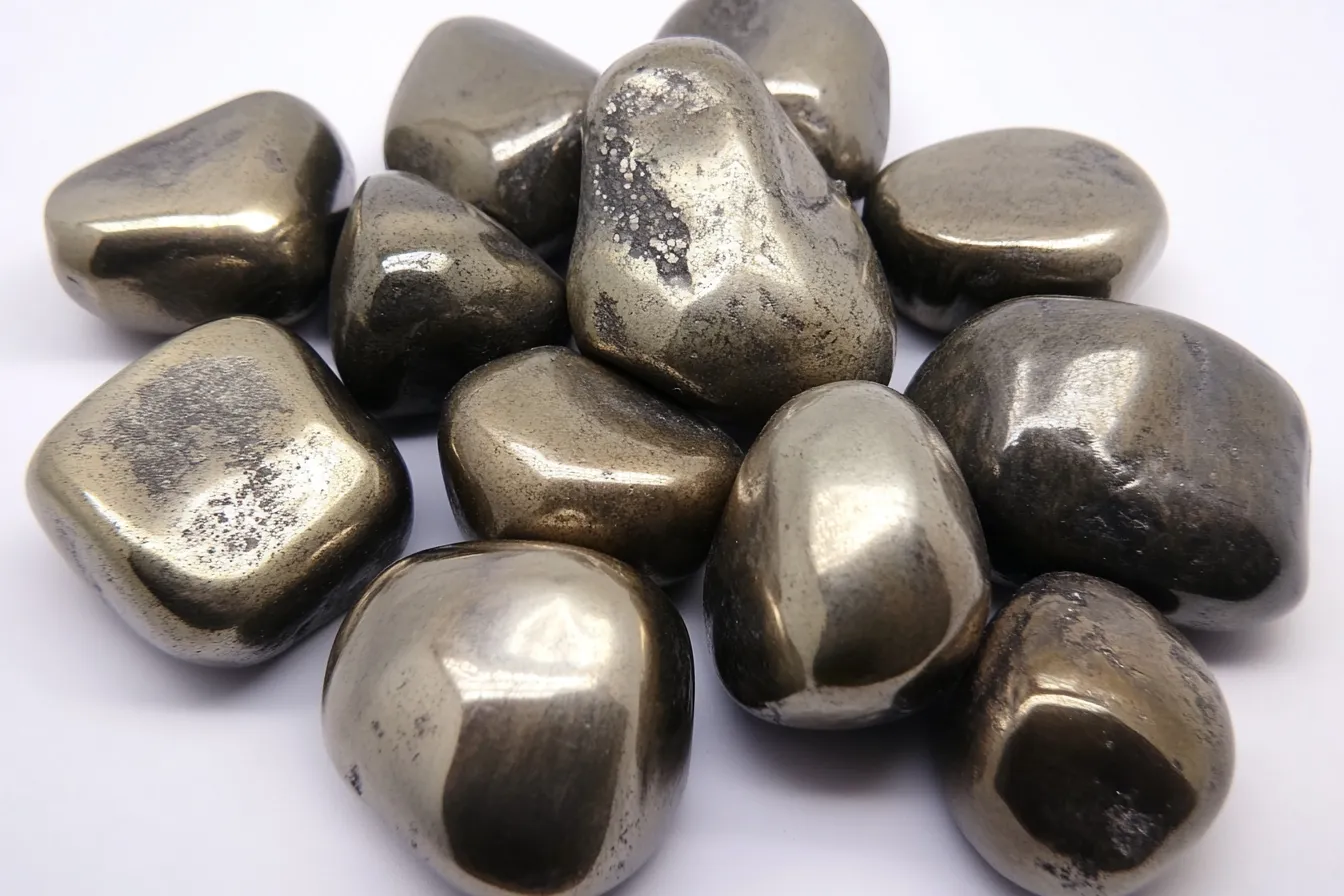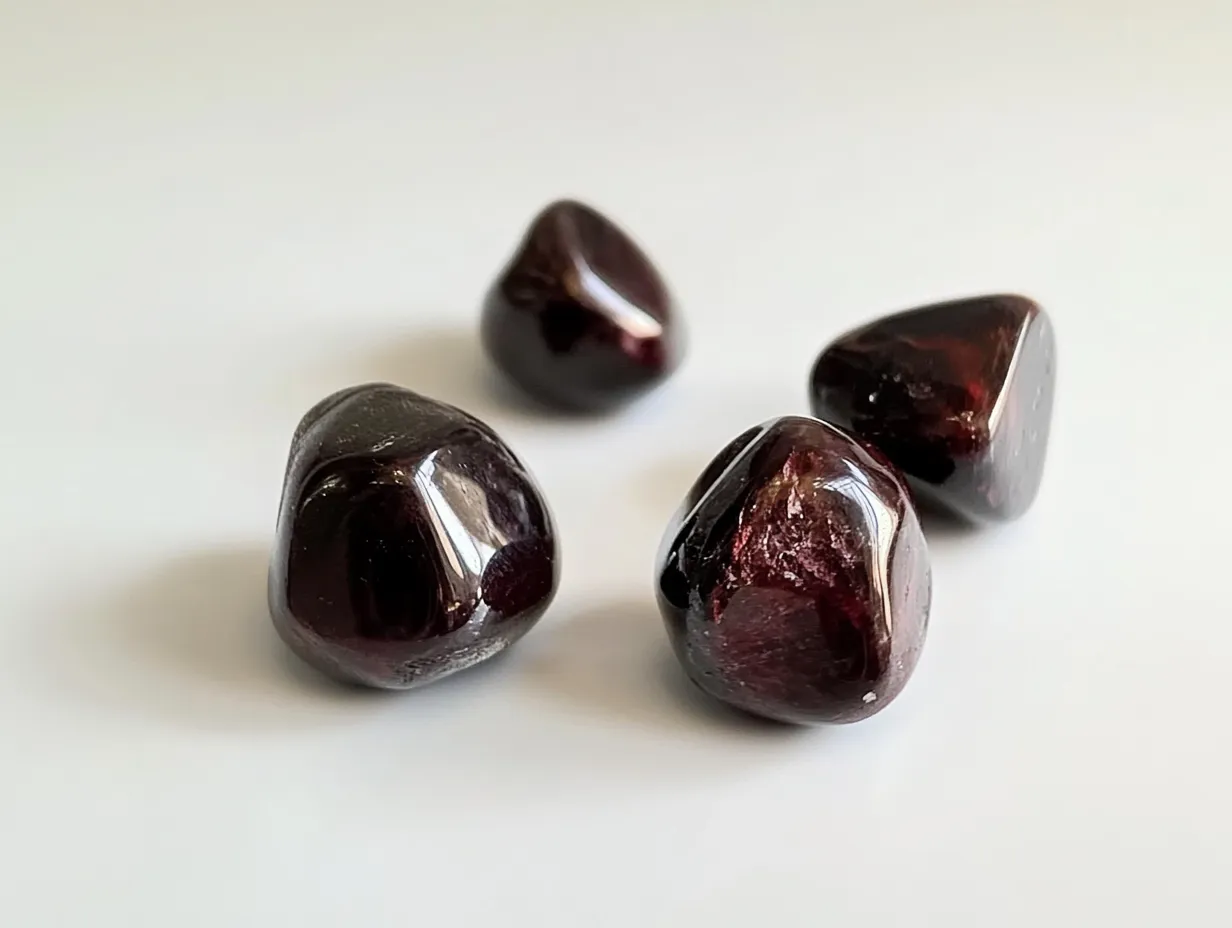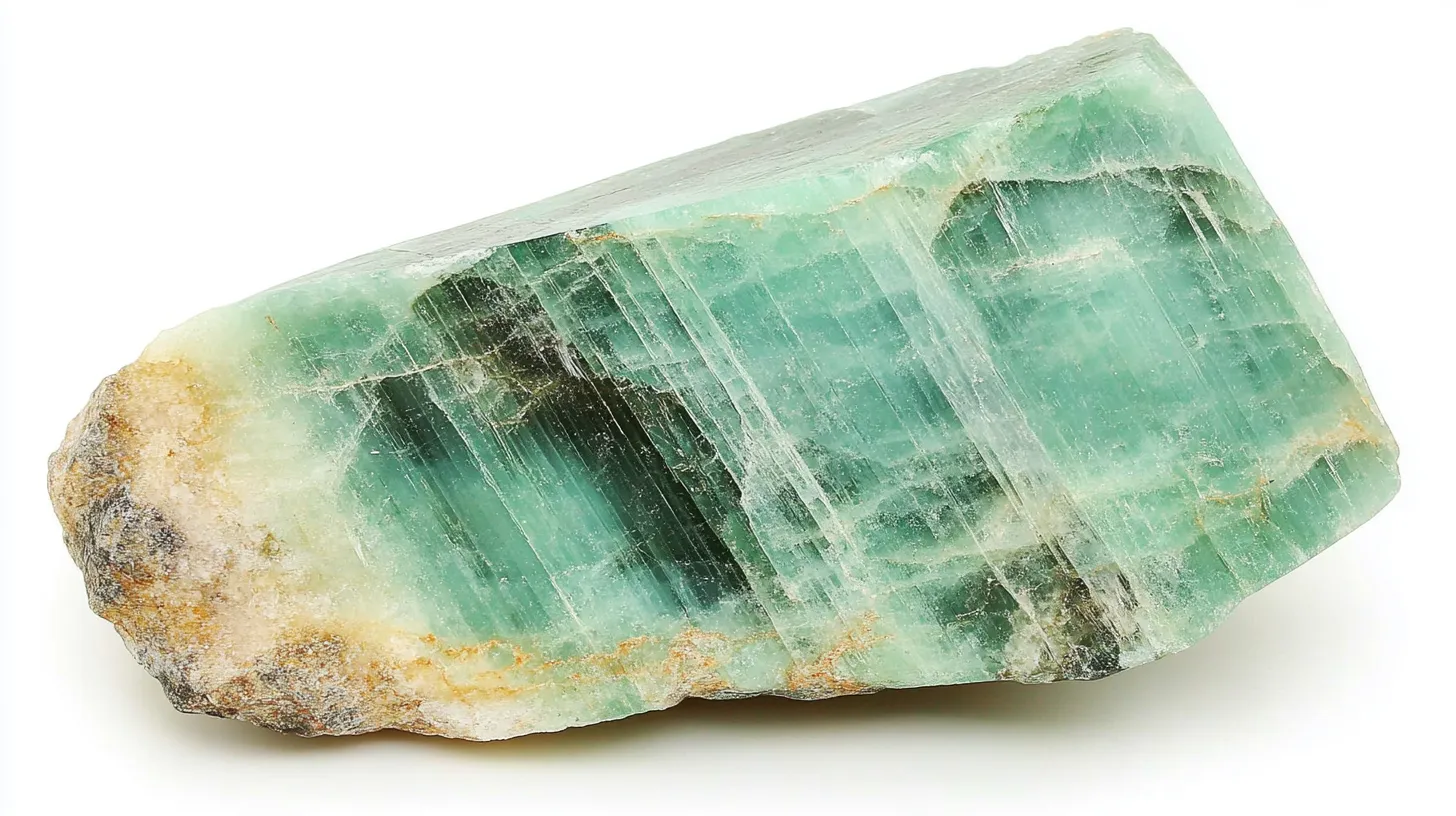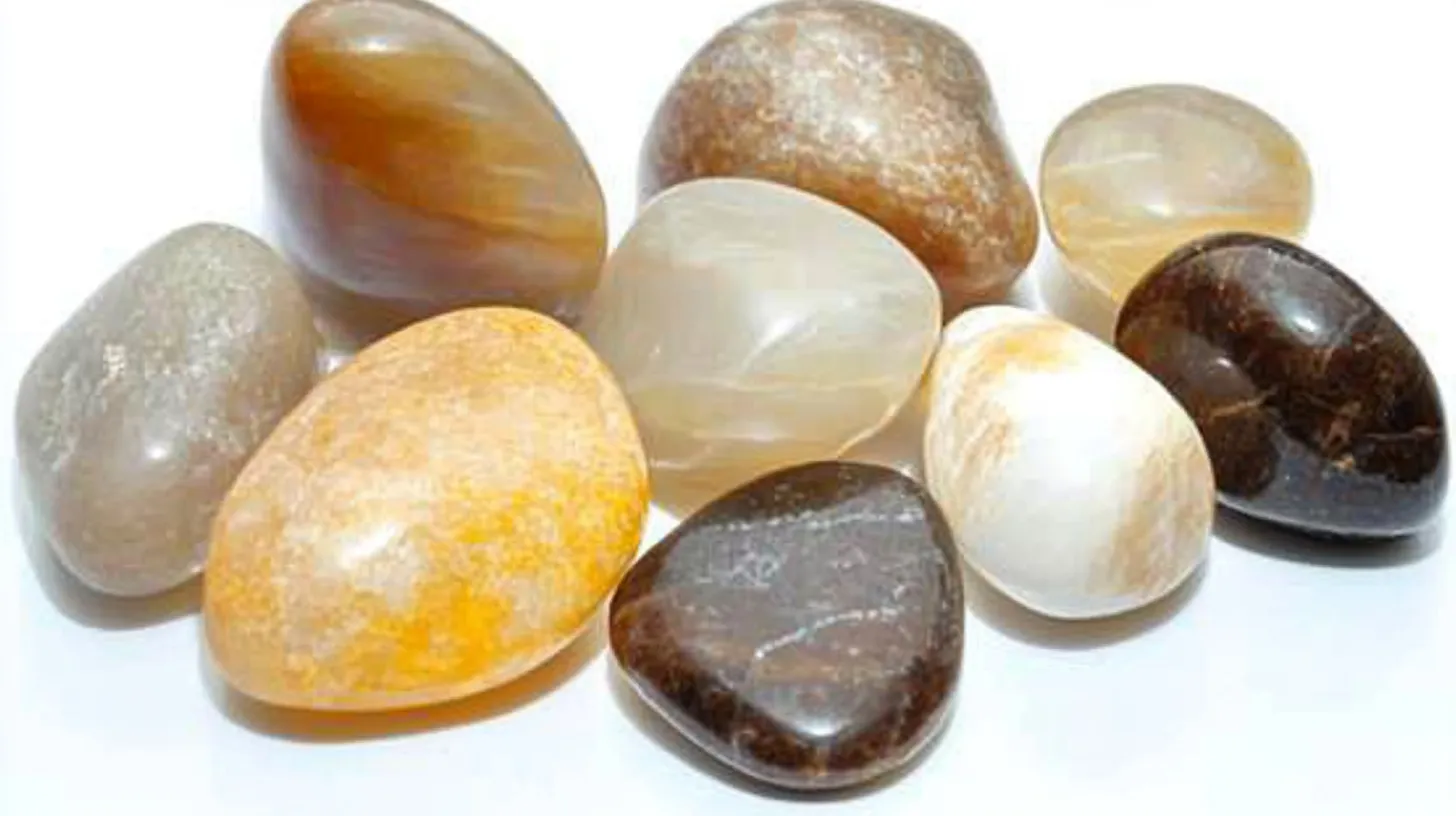

Scientific Data
One of the hardest naturally occurring minerals on Earth, sapphire is various the mineral corundum, an aluminum oxide (Al₂O₃). On the Mohs scale, it ranks second only to diamonds in durability—that is, in hardness. Perfect for daily wear, sapphires guarantee resistance against scratches and abrasions because of their great hardness. Although blue is the most often used sapphire color, sapphires really come in practically every color except red, sometimes known as ruby.
Often found in igneous and metamorphic rocks, sapphires develop under enormous heat and pressure over millions of years. Their color is set by trace elements including chromium, titanium, and iron. For instance, chromium produces pink tones; iron and titanium give traditional sapphires their deep blue hue. Under direct light, some rare sapphires show a phenomenon known as asterism—a star-like pattern across their surface.
Properties
| Worth | Chemical Recipe | Hardness | Crystal Order | Glide | Clarity |
|---|---|---|---|---|---|
| High | Al₂O₃ | 9 (Mohs Scale) | Hexagonal | Vitreous | Clear to opaque |

Geological Characteristics
Sapphires are mostly found in alluvial deposits—gravel beds created by water erosion carrying gemstones from their original host rock. Often mined in nations including Sri Lanka, Myanmar, Thailand, Madagascar, and Australia, these deposits Extracted from riverbeds and underground mines, natural sapphires are sometimes heat-treated to improve their color and clarity.
Having been mining sapphires for millennia, Sri Lanka is one of the most well-known sites producing sapphires. These stones are renowned for their remarkable clarity and color saturation. Another top producer with a range of sapphires in many tones is Madagascar. Montana is well-known in the United States for their unusual “cornflower blue” sapphires, which are much sought after by both jewelers and collectors.
Sapphire Mine Sites
| Location | Notable Characteristics |
| Sri Lanka | Abound in premium blue sapphires. |
| Madagascar | Excellent spectrum of colors at hand. |
| Mongolia | Strong clarity in deep blue sapphires. |
| Australia | Dark blue-to-black sapphires. |
| Montana, USA | Cornflower-blue sapphires. |
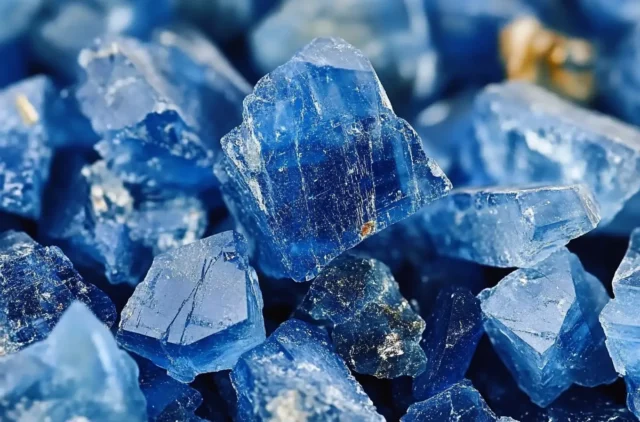
The Symbolism of a Sapphire Gemstone
Sapphires have long been associated with wisdom, loyalty, and divine favor. Ancient civilizations believed that sapphires were sacred and could bring protection and good fortune. In medieval Europe, clergy members wore sapphires to symbolize heaven, while kings and queens adorned themselves with these gemstones to signify their connection to divine power.
Throughout history, sapphires have been linked to truth and sincerity. People often gave sapphires as engagement rings, symbolizing a commitment based on honesty and trust. Some cultures also believed that sapphires could protect against envy and harm, making them a favored choice for talismans and royal regalia.

Healing Properties
Sapphires are said to have powerful healing properties, particularly in calming the mind and promoting mental clarity. Many people use sapphires to aid in meditation, as the gemstone is believed to open the third eye chakra, enhancing intuition and spiritual awareness. It is also thought to relieve stress and bring a sense of tranquility to the wearer.
Physically, sapphires have been associated with improving eyesight, regulating blood circulation, and aiding in the treatment of insomnia. Some healers use blue sapphire to help with throat and thyroid issues, while yellow sapphire is believed to promote digestive health. While scientific evidence is lacking, many gemstone enthusiasts swear by the benefits of sapphire in alternative healing practices.
| Healing Attributes | Benefit |
| Mental Transparency | Sharpens concentration and focus. |
| Dealing with Stress | Fosters peace and restfulness. |
| Spiritual Development | Opens third eye chakra for intuition. |
| Physical Reconstruction | Enhances vision and circulation. |
The Color Energy of Sapphire Gemstone
It is thought that different sapphire colors have special energy vibrations. The most famous variety, blue sapphires, are connected with wisdom and truth. They supposedly improve mental discipline and communication. Perfect for individuals looking for emotional healing and self-acceptance, pink sapphires radiate love and compassion.
Yellow sapphires, often worn to attract money and success, symbolize prosperity and good fortune. Green sapphires help people get beyond emotional barriers by representing rebirth and expansion. White sapphires, despite their rarity, guide wearers toward spiritual enlightenment by connecting with purity and greater consciousness.

Utilizing Sapphire Gemstone
Rings, pendants, bracelets, or earrings are just a few of the several ways one might wear sapphires. Sometimes, jewelry sets sapphires with metals like gold and platinum to enhance their durability and appeal. People believe that wearing sapphire near the skin can enhance its metaphysical qualities.
Apart from accessories, sapphires find application in energy work and meditation. While keeping one under a pillow may help with peaceful sleep, placing a sapphire on the third eye during meditation is supposed to deepen spiritual insight. Some people set sapphire gemstones in their house or business to welcome clarity and positive energy into their surroundings.
Side Effects of Sapphire Gemstones
Although most people agree that sapphires are generally good, some believe that wearing the incorrect sapphire can have negative effects. Blue sapphire (Neelam) is associated in Vedic astrology with the planet Saturn, renowned for its austere, karmic energy. Wearing it wrong is supposed to bring bad luck and difficulties rather than blessings.
When wearing sapphire for the first time, some people could experience more sensitivity or strong emotions. It is recommended that the gemstone be cleansed and programmed before use to align its energy with the wearer. Consult a gemstone specialist or astrologer before choosing a sapphire to ensure that it aligns with your energy field.

Sapphire Gemstone’s Meaning for Talismans and Amulets
For millennia, people have worn sapphires in talismans and amulets, believing them to offer protection and direction. Warriors of antiquity wore sapphire amulets into battle to guard against injury and guarantee triumph. To ward against shipwrecks and stormy seas, sailors also carried sapphire charms.
Many people wear sapphire, a popular protective stone, to guard against psychic attacks and negative energy. Some people think sapphire amulets can draw divine favor, enabling wearers to reach their aspirations. Whether used for protection, love, or luck, sapphire stays a potent emblem of power and spirituality.
| Conventions in Use | Goals |
| Warrior Emblems | In warfare, protection. |
| Sailor Enchantment | Safe adventures. |
| Royal Ornaments | Divine power symbol. |
| Spiritual Talismans | Improves knowledge and intuition. |

Questions and Answers
Additional Information on Sapphire
An Introduction to Natural Blue Sapphire
Natural Blue Sapphire is among the most valuable stones available worldwide; it represents divine favor, wisdom, and royalty. This captivating blue gem, a variation of the mineral corundum, is made mostly of aluminum oxide with trace elements like iron and titanium.
Various Sapphires: Various Types
Although the most well-known blue variety is the classic one, nature produces several kinds of sapphires. These comprise White Sapphire, Pink Sapphire, Yellow Sapphire, Green Sapphire, and even the very sought-after Padparadscha Sapphire, with a rare pink-orange color. Each variety possesses unique characteristics and garners varying appreciation in the gemstone market.
| Sapphire Type | Color | Unique Feature |
|---|---|---|
| Blue Sapphire | Deep Blue | Classic and most valuable type |
| White Sapphire | Colorless | Often used as a diamond alternative |
| Pink Sapphire | Pink | Symbolizes love and compassion |
| Yellow Sapphire | Yellow | Associated with prosperity |
| Green Sapphire | Green | Rare and unique among sapphires |
| Padparadscha Sapphire | Pink-Orange | Highly sought-after due to rarity |
Sources and Sapphire Mining
Despite its global practice, sapphire mining primarily occurs in Sri Lanka, Myanmar, Thailand, Madagascar, and Australia. Renowned sapphires from the Montana, USA, Philipsburg MT Sapphire Mine draw collectors and gem enthusiasts all around. From conventional handpicking in riverbeds to massive mechanized extraction, mining techniques span a spectrum.
Blue Sapphire Birthstone: Their Significance
The Blue Sapphire Birthstone, associated with the month of September, symbolizes wisdom, loyalty, and success. Many choose it for engagement rings and heirloom jewelry because it provides spiritual insight and clarity of thought.
Sapphire Stones’ Colors and Crystal Structure
Though blue is the most well-known, Sapphire Stone Colors span a spectrum from colorless (white) to tones of pink, purple, orange, yellow, and green. Because of its hexagonal crystal structure, sapphire is durable and brilliant when cut and polished.
Comparing Mineral Crystal to Sapphire: Knowing the Variations
When talking about jewels, you want to separate Sapphire from Mineral Crystal. Though sapphire is a crystalline mineral, not all mineral crystals are sapphires. For instance, despite being a mineral crystal, quartz has a significantly different composition and hardness.
Evaluating Sapphire: Cut Styles and Cost per Carat
Variables in color, clarity, origin, and cut affect the Sapphire Cost per Carat. Deep blue sapphires from Kashmir or Burma can fetch costly prices. Moreover, the cut of a sapphire greatly influences its brilliance. Among the often-used cuts are:
| Cut Style | Description |
|---|---|
| Cushion-Cut Sapphire | Vintage-inspired cut with rounded corners that accentuates the gem’s color depth. |
| Radiant-Cut Sapphire | Modern faceted cut maximizing brilliance and fire, often used in high-end jewelry. |
Raw vs. Polished Sapphire
Often found in rough crystal formations, an unprocessed gemstone in its natural form is a raw sapphire. To create a polished sapphire fit for use in fine jewelry, it is cut and polished. Its luster and brilliance come through in the change from raw to polished.
Meaning White Sapphire: Are White Sapphires Worth It?
The White Sapphire Meaning typically relates to clarity and purity. The affordability and hardness of white sapphires make them a popular diamond substitute for some people. Nevertheless, are white sapphires valuable? Though premium stones with great clarity and size can still have great value, white sapphires often cost less than blue sapphires.
Sapphire’s Hardness and Durability
Sapphire is among the hardest naturally occurring materials on the Mohs Scale of Hardness; it ranks second only to diamonds. This excellent hardness guarantees that sapphire jewelry stays scratch-resistant over time and durable.

